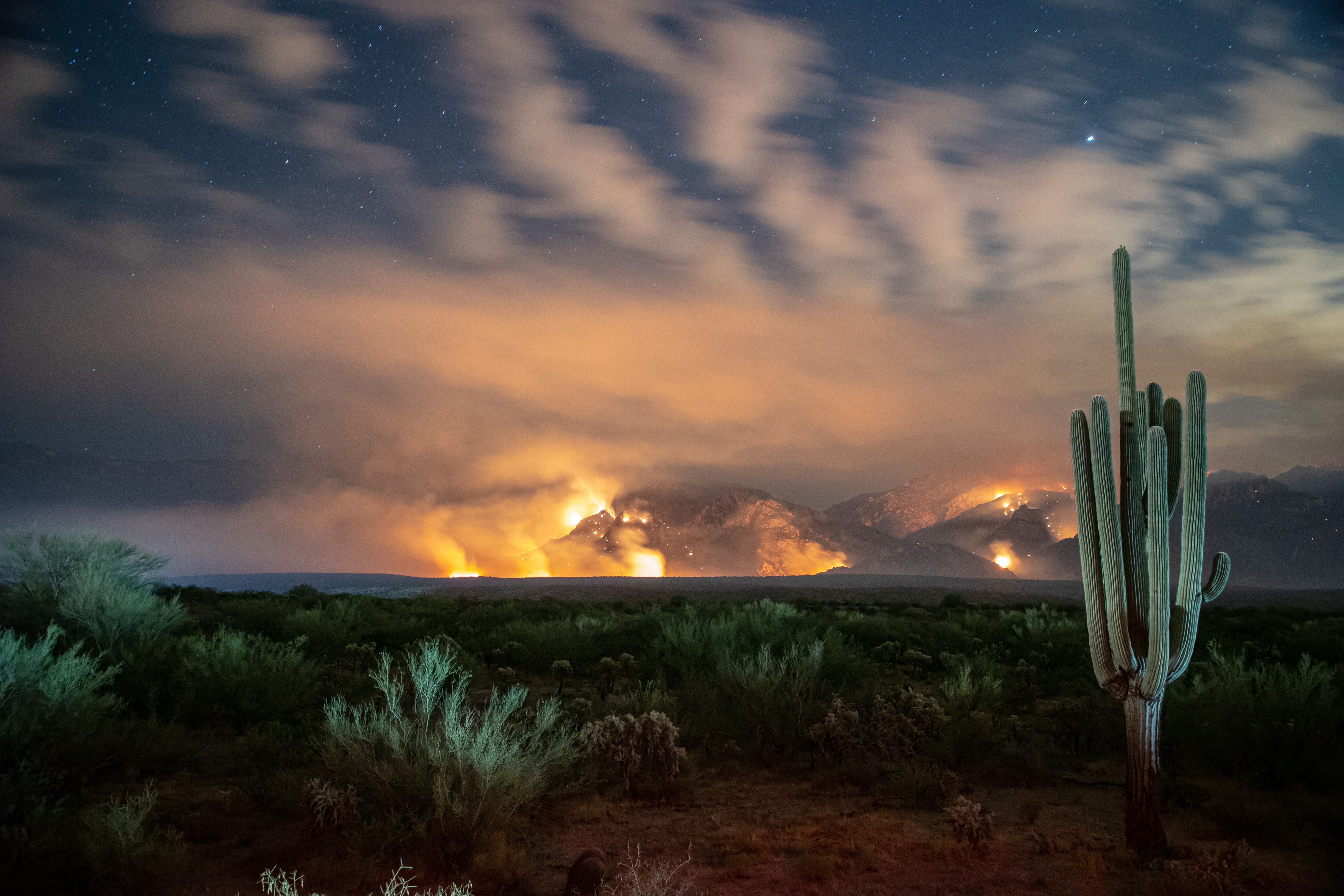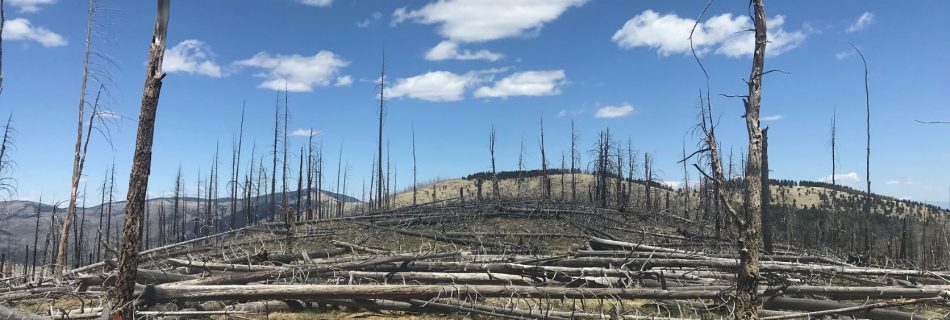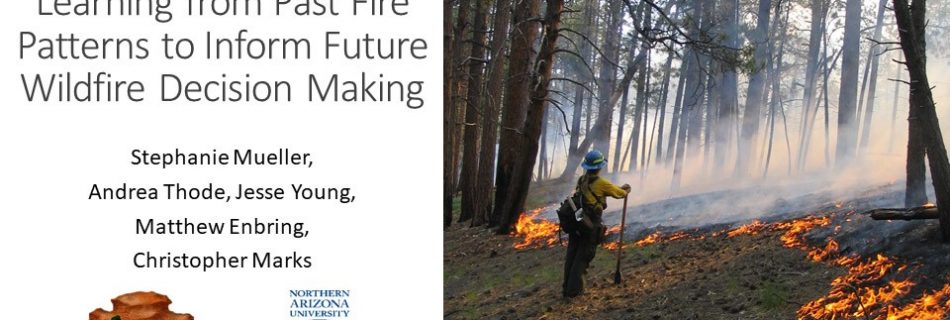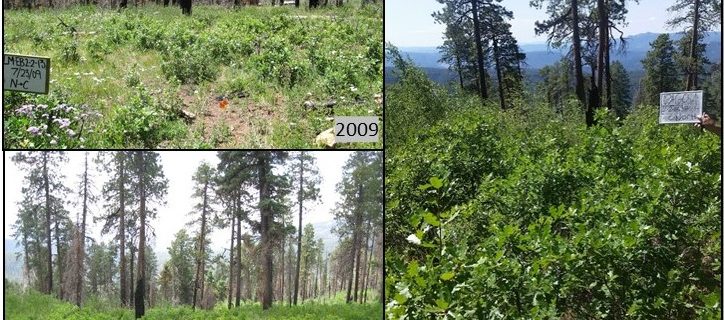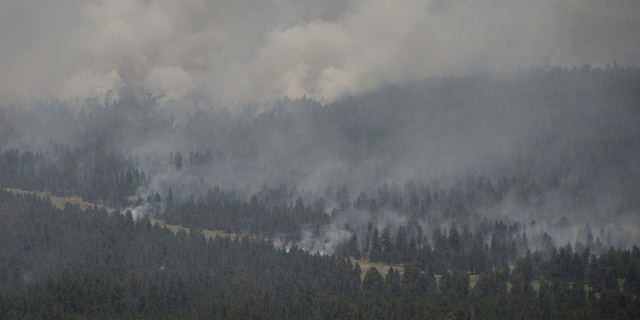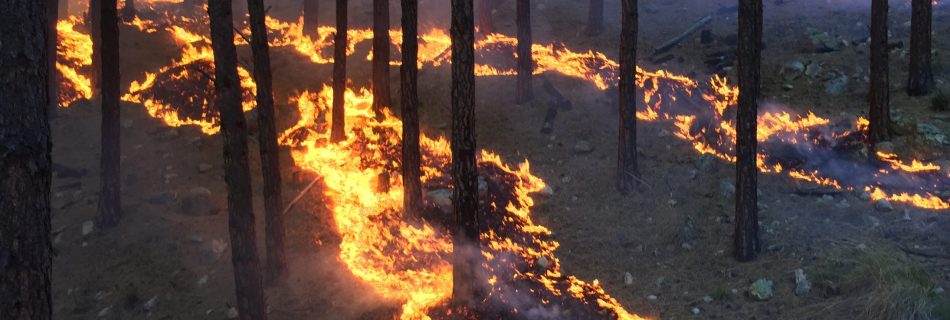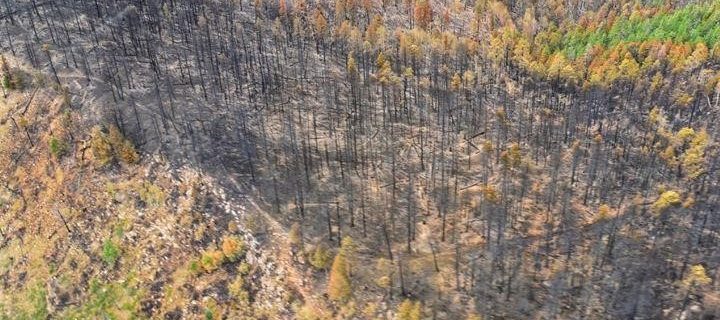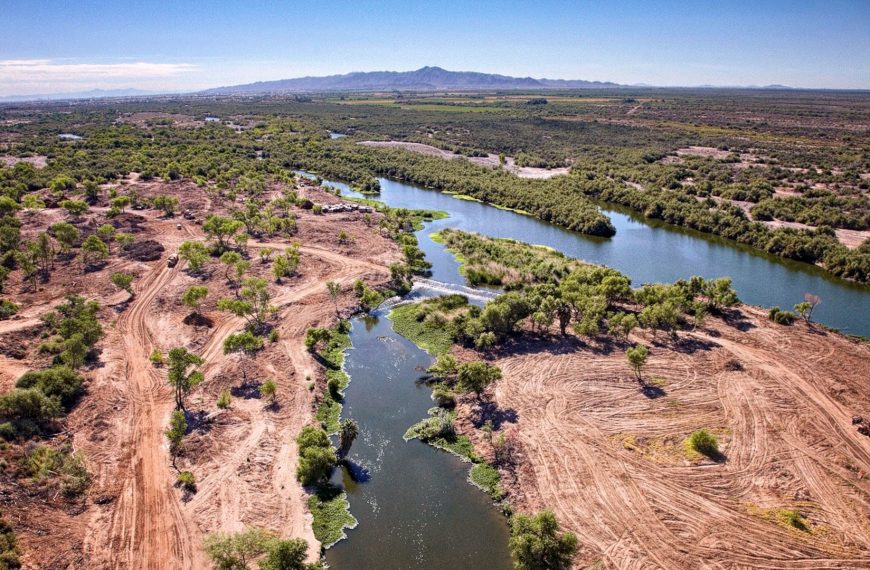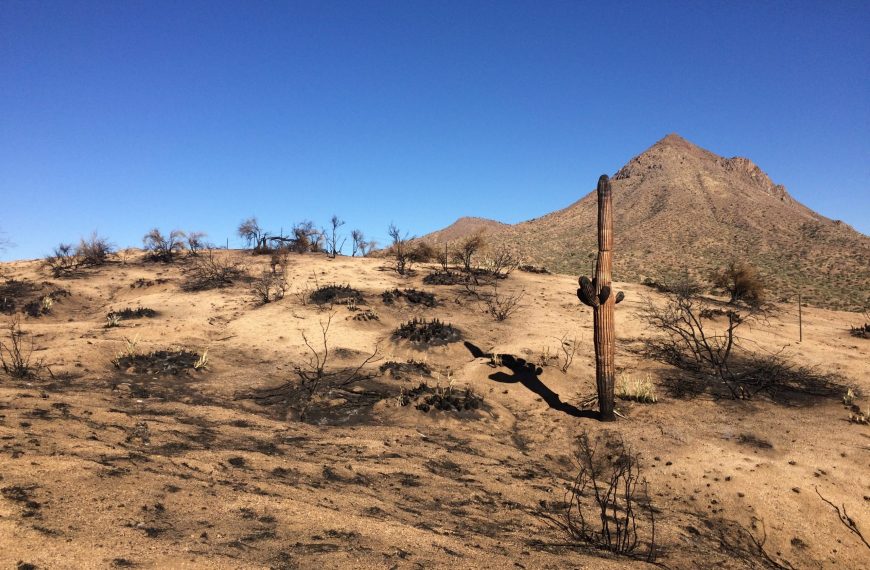A brief look at how the Black Range of the Gila National Forest goes about putting down thousands of acres of prescribed fire. See how the District works in a collaborative and productive manner while working within the multiple-use framework to include grazing, wildlife, recreation, and community outreach. Supported by science, the agency looks to keep fire on the landscape. View the YouTube video here.
Map: Most Notable Fires in Arizona and New Mexico
Explore maps of the most notable fires in Arizona and New Mexico 1909*-2021. Shown are the fires listed in our Wildfire Season Overview products as well as any fire over 100,000 acres. All of the maps are georeferenced and can be put on Avenza or a similar app to be utilized on a mobile device! *The available …
Read more “Map: Most Notable Fires in Arizona and New Mexico”


